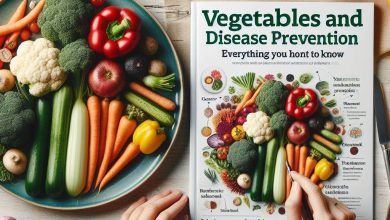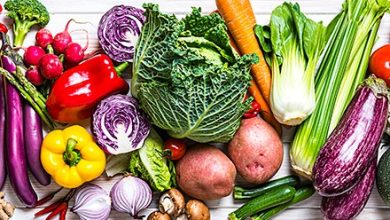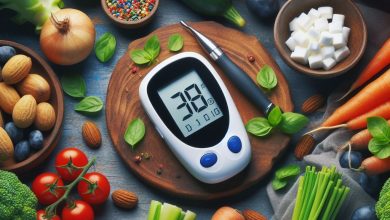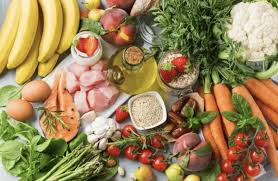Vegetable garden of the future: what vegetables do scientists have special hopes for?
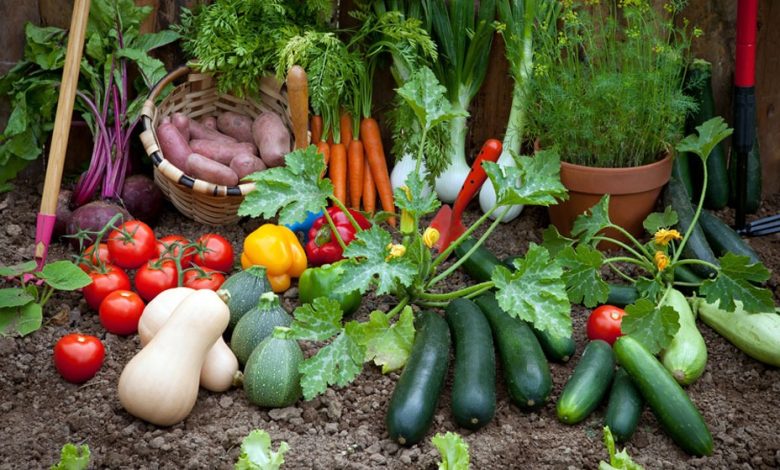
Russian scientists for the first time analyzed the composition of modern vegetables in order to cultivate the most promising ones.
More than 500 varieties of vegetables were studied by specialists from the Federal Scientific Center for Vegetable Growing and RUDN University. Most of all, scientists were interested in the content of special substances that, by and large, make plants useful.
We are talking about phenolic compounds, which are most often called antioxidants. They are the ones who resist cardiovascular and neurological diseases, strengthen the immune system, and most importantly, inhibit the aging of individual cells and the whole organism.
“Before us, no one had done such work, so we did not know how many phenolic compounds are contained in modern vegetable products,” said Professor Murat Gins, head of the laboratory of introduction, physiology and biochemistry of the Federal State Budgetary Institution Federal Research Center for Vegetable Growing. “Our goal was to classify vegetables in order to then create functional food products, as well as select plants for breeding based on their biochemical parameters.
The fact that it was phenolic compounds that were studied is not accidental. If in the last century the main criterion for usefulness was the presence of vitamin C, today the concept has changed: scientists have proven that vitamin C itself does not work; substances from this group are needed to “activate” it.
In addition to the traditional squashes, pumpkins, onions and potatoes, the scientists examined crops with names that are less familiar to the general public, such as honeydew melon, momordica, a climbing vine of the Cucurbitaceous family, cowpea bean, and benincaca wax melon.
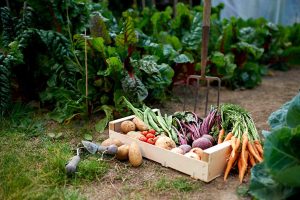 Scientists are sure that vegetables traditional for our table in terms of a set of microelements, for a number of reasons, are becoming less and less useful, so we need to pay attention to the “new items”. They presented the results of their work at the International Conference “New and Unconventional Plants and Prospects for Their Use,” which was recently held in Sochi.
Scientists are sure that vegetables traditional for our table in terms of a set of microelements, for a number of reasons, are becoming less and less useful, so we need to pay attention to the “new items”. They presented the results of their work at the International Conference “New and Unconventional Plants and Prospects for Their Use,” which was recently held in Sochi.
Inside a vegetable
On the first floor of the Federal Scientific Center for Vegetable Growing there is a sad smell of a school cafeteria, but on the second floor there is a cozy, sweetish fruit and vegetable aroma – there are laboratories in which scientists analyze the composition of vegetables.
The standard chemical composition and percentage of vitamins, microelements and other biologically active substances in vegetables is known. In the documents, this set is even described for each variety grown in the Russian Federation and imported (when exotic tropical fruits poured into Russia in the early 90s, employees of the Nutrition Research Institute analyzed each new product). But in practice, fruits in their composition can differ very much from the norm.
Scientists separately extract dietary fiber from vegetables, weigh them and dry them for research. The amount of moisture and sugars is measured. The presence of vitamins and micronutrients is determined by high-tech liquid chromatography.
The essence of the method is quite original: the “extract” from the vegetable is dissolved in water, then applied to a kind of “blotter” and the composition of the diverging circles is analyzed. In this case, the substance is divided into layers – various components that interact differently with the sorbent. Scientists need to count the number of required components concentrated in a separate layer.
Nowadays, more expensive and more advanced chromatography methods have emerged that make it possible to determine very low concentrations of substances with very high accuracy. But in order to determine the amount of antioxidants in vegetables, Professor Gins used simple paper chromatography.
“A modern chromatograph works on the Big Data principle (processes a huge amount of information. – “Oh”) and produces as a result all the data that it records,” explains Murat Sabirovich. “As a result, we would have to spend a lot of effort to organize this data. We didn’t need such details. Therefore, we divided all phenolic compounds into 4 groups depending on the effect on the body and determined the concentration of substances in each variety using classical equipment.
If we compare the effect of antioxidants in plant leaves and their tubers, leafy vegetables, as a rule, contain substances that strengthen blood vessels and the immune system in general, and root vegetables accumulate special polymer phenolic compounds that are involved in the construction of cells and regeneration of the body.
It turned out that leafy vegetables contain the most beneficial substances from a health point of view, and some of them are not cultivated in Russia.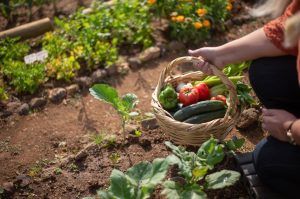
Most of all, however, researchers are inspired not by well-known products, but by new ones (for the majority of our consumers), with which they have special hopes. What are we talking about?
“Fox Tail” and more
We enter the treasure trove of the Vegetable Science Center, a large room with endless tables covered with newspapers. They are covered with a scattering of huge purple panicles. The panicles have a homely scent of dried flowers and a little beetroot, and countless beads of black shiny seeds fall from them onto the newspapers. This is amaranth, or, in simple terms, “fox tail”.
Amaranth is the pride of Professor Gins. From the leaves of this plant, the institute’s specialists for the first time created a biologically active supplement in the form of herbal tea. This tea is simply a storehouse of antioxidants. Dehydroquercetin, quercetin, amaranthine.
and other biologically active substances contained in amaranth herbal tea help strengthen the immune system and increase visual acuity. Herbal tea also works as a prebiotic, stimulating the growth of beneficial bacteria in the intestines.

